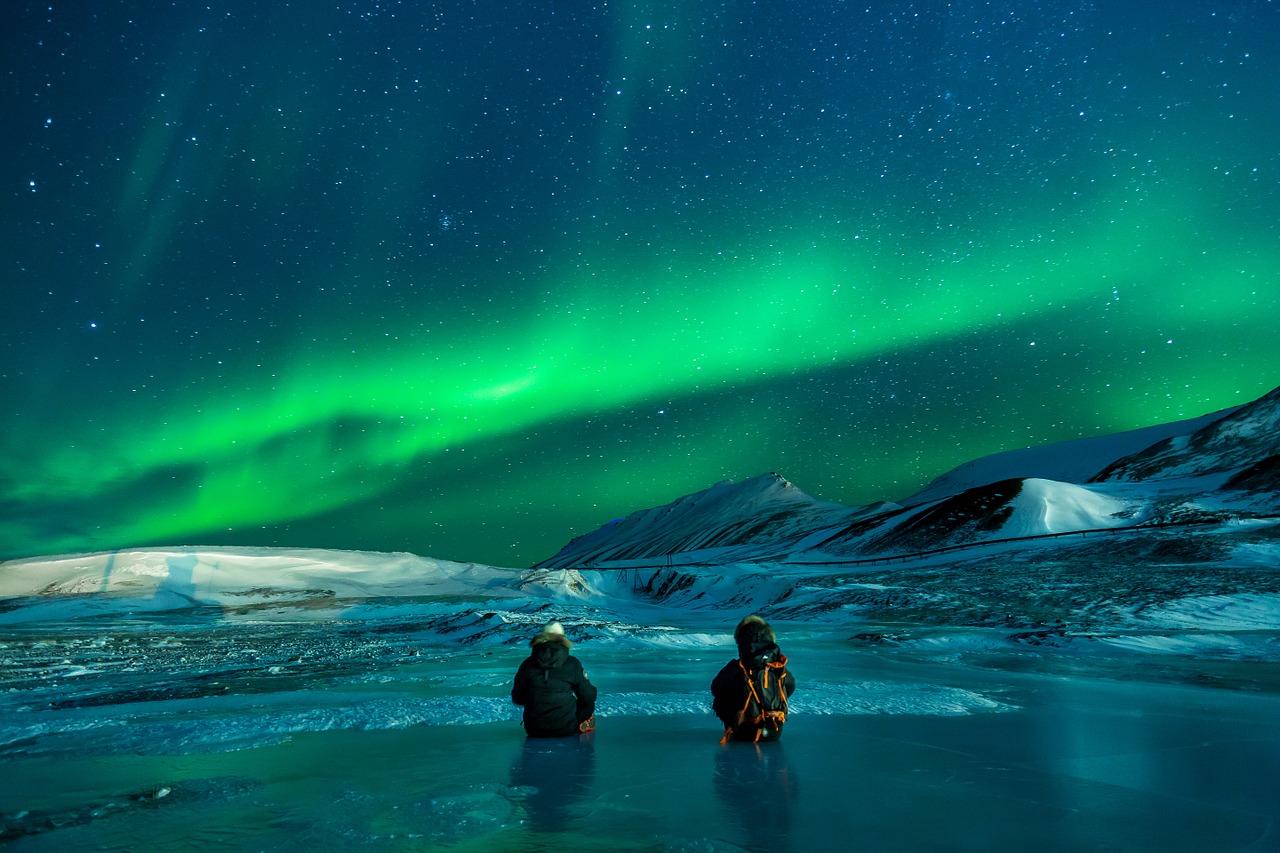Sadly, predicting where and when you will be able to see the Northern Lights is not particularly straight forward, but there are certain measures you can take to enhance your chances.
The Aurora Zone was the UK’s first and remain the only dedicated Northern Lights holiday company offering the widest range of Northern Lights holidays across Finland, Sweden, Norway, Iceland, Greenland and Canada.
Using their unique Aurora hunting formula, every holiday they provide is designed to give you the very best chance to see the Northern Lights. Here are their five tips to help you see the Northern Lights…
1. Avoid light pollution
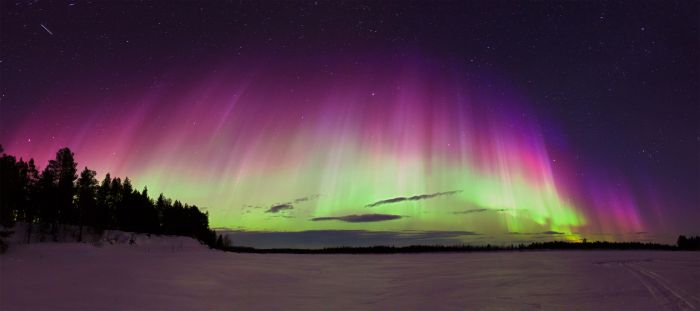 Photo: The Aurora Zone / Antti Pietikainen
Photo: The Aurora Zone / Antti Pietikainen
Nothing dilutes an Aurora display like artificial light pollution. It’s the same as watching stars in the night sky. You can see far more from a field in the dark countryside than you can from the centre or even the suburbs of any populated area. So, first and foremost, The Aurora Zone makes sure their destinations are situated outside any towns, cities or large ski resorts because, whilst you may be able to see a display from such places, it will be a pale imitation of what you would experience under darker skies.
2. Local expertise and guides
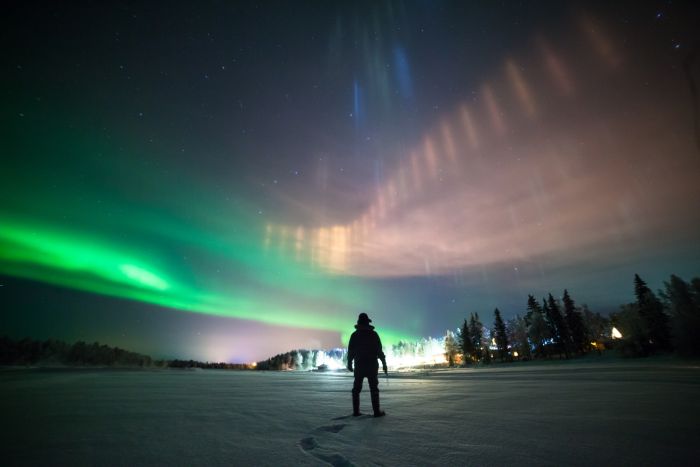 Photo: The Aurora Zone / Antti Pietikainen
Photo: The Aurora Zone / Antti Pietikainen
Having local knowledge of the winter terrain, knowing the best viewpoints to see the Norhtern Lights and understanding local weather patterns is absolutely crucial. Many of our top guides are born and bred Laplanders, or have lived in the Auroral Zone for several years and have gained an invaluable insight into when and where the Aurora may appear.
3. The Kp index and the Auroral Zone
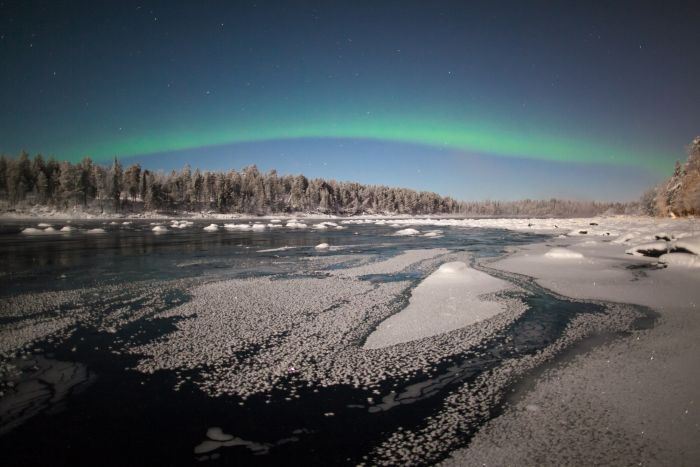 Photo: The Aurora Zone / Antti Pietikainen
Photo: The Aurora Zone / Antti Pietikainen
It’s important to know where you can see the Northern Lights appear most frequently and most spectacularly. This is determined by the strength of the geomagnetic storms which cause the lights to occur. The Kp index is the scale used to measure geomagnetic storms and it ranges from 0 (i.e. very little activity) to 9 (just huge!) and, as a basic rule, the larger the number, the further south the Northern Lights can be seen.
However, the most common storms are generally between Kp1 and Kp3 which restricts your ability to see the Northern Lights in Scandinavia to a band which appears at a latitude of approximately 66°N and 69°N (it differs in North America due to the oval shape of the band), this band is fondly called ‘the Aurora Zone’. All of the destinations featured on The Aurora Zone‘s website are situated slap bang in the heart of this zone.
4. Mobility
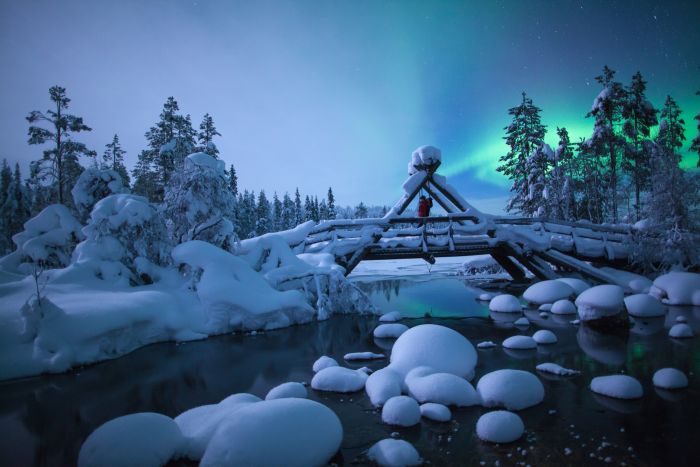 Photo: The Aurora Zone / Antti Pietikainen
Photo: The Aurora Zone / Antti Pietikainen
There can be few things more frustrating than a promising Auroral forecast on a cloudy evening. This is one of the intrinsic problems associated with Aurora hunting because the skies above may be filled with dancing light but you’ll only see clouds!
The Aurora Zone attempt to solve the problem by including minibus or snowmobile hunts for the Northern Lights. This means they have the mobility to find a break in the cloud or clearer skies which will hopefully enable you to see the Northern Lights.
5. See the Northern Lights on a holiday to suit all tastes
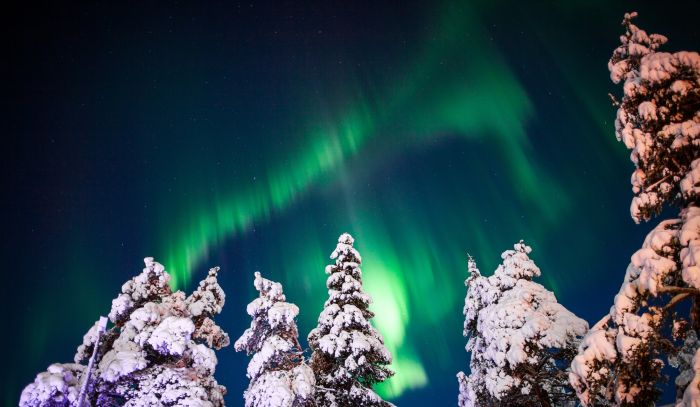 Photo: The Aurora Zone / Antti Pietikainen
Photo: The Aurora Zone / Antti Pietikainen
They also try to make the Aurora accessible to everyone, so for that reason they offer four different activity levels from ‘relaxed’ to ‘active’, catering for those who are looking for a leisurely break and those who want a truly active adventure in the Arctic.
To find our more and view our range of Northern Lights holidays visit www.theaurorazone.com or call 01670 785 012 to speak to an Aurora expert.



